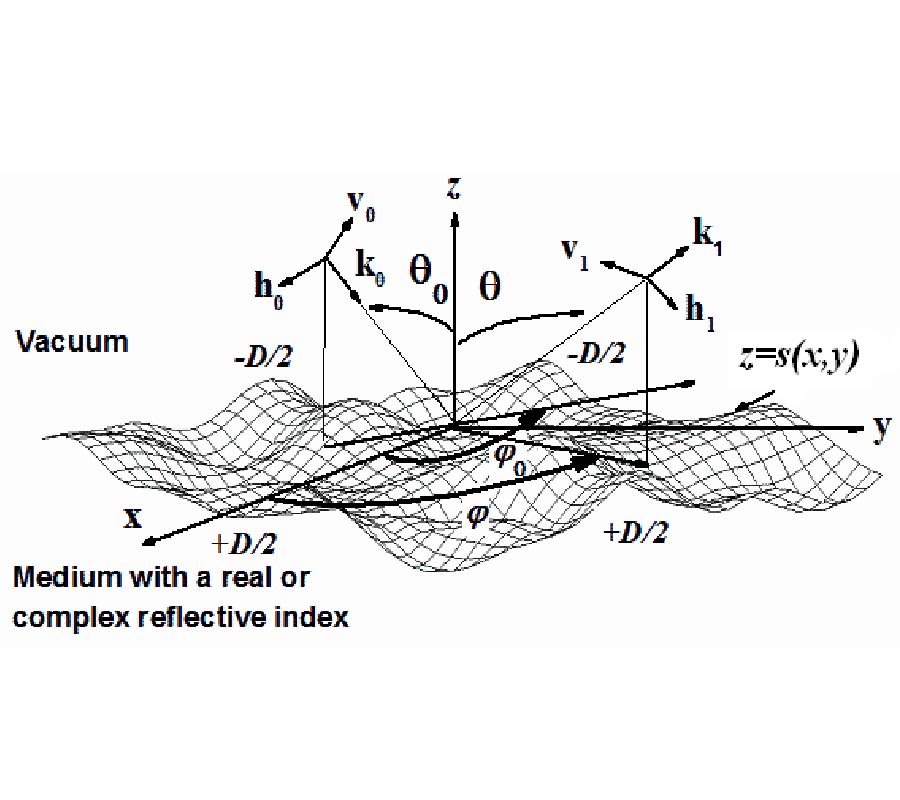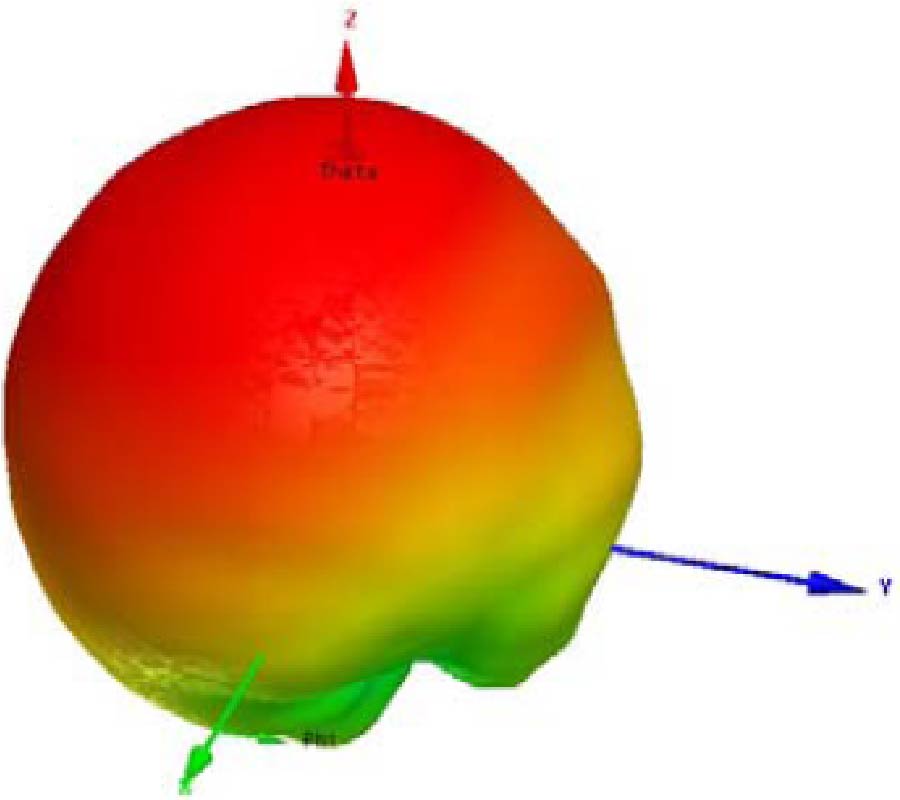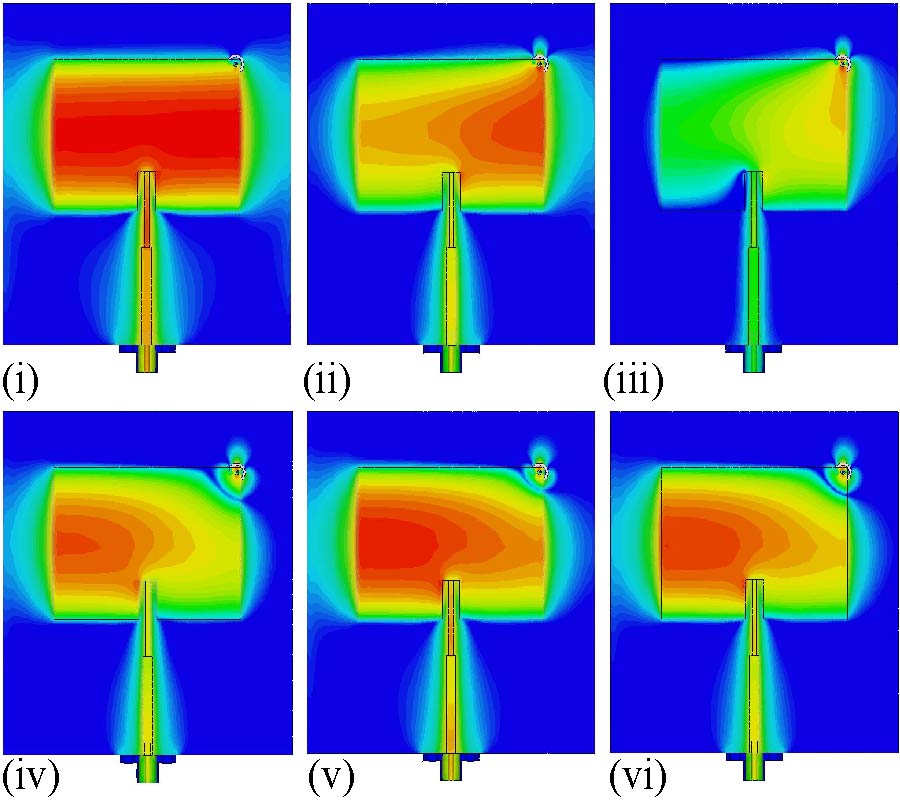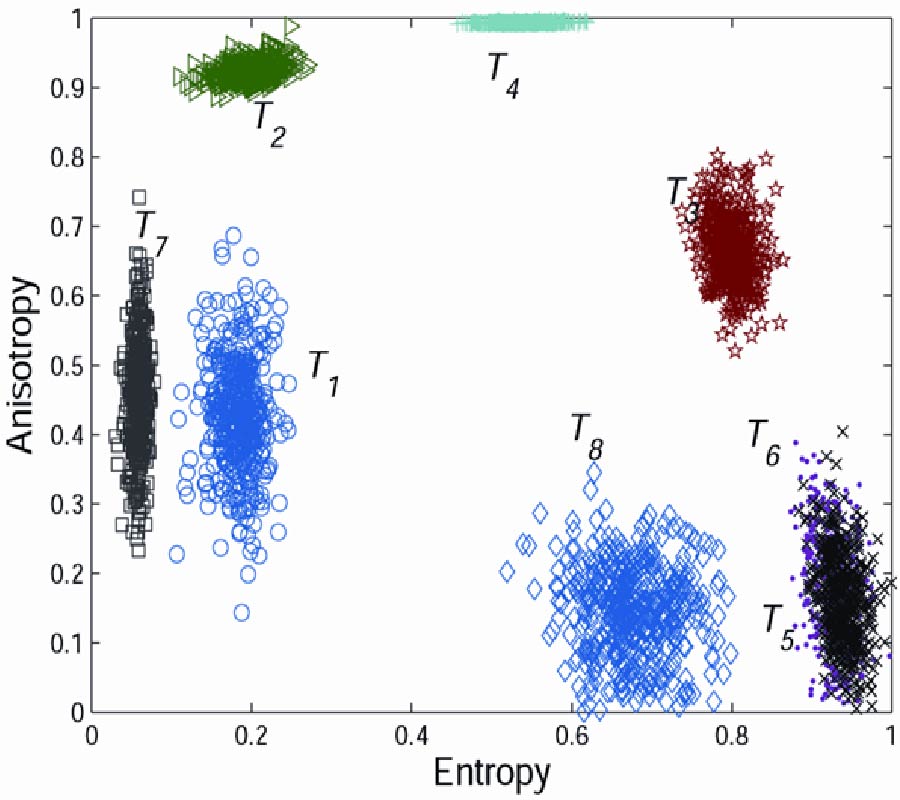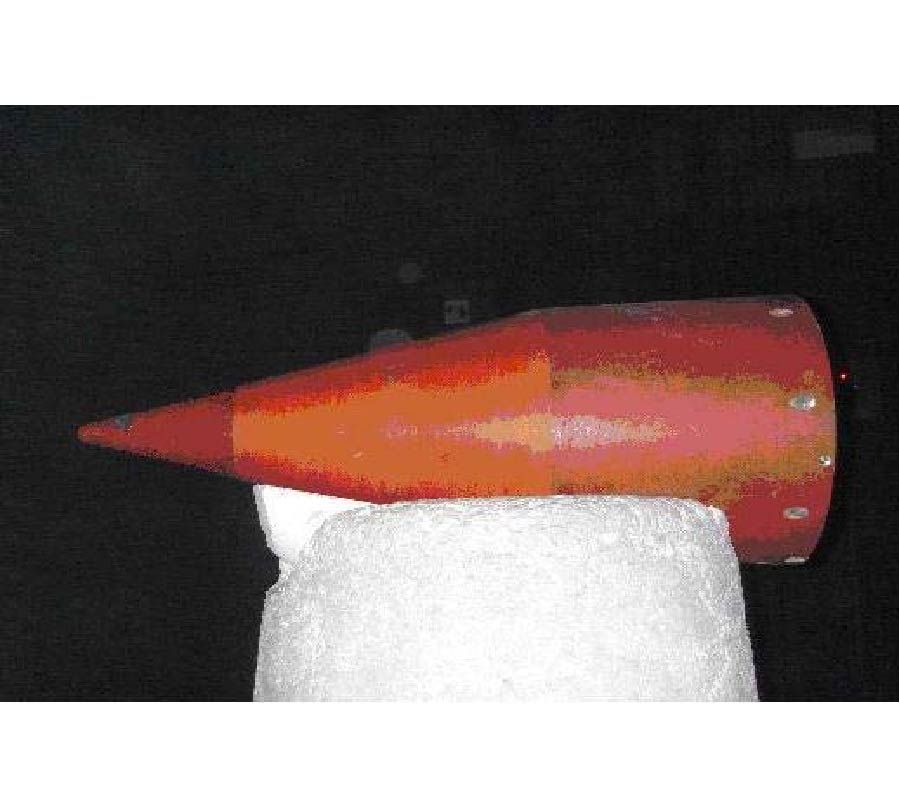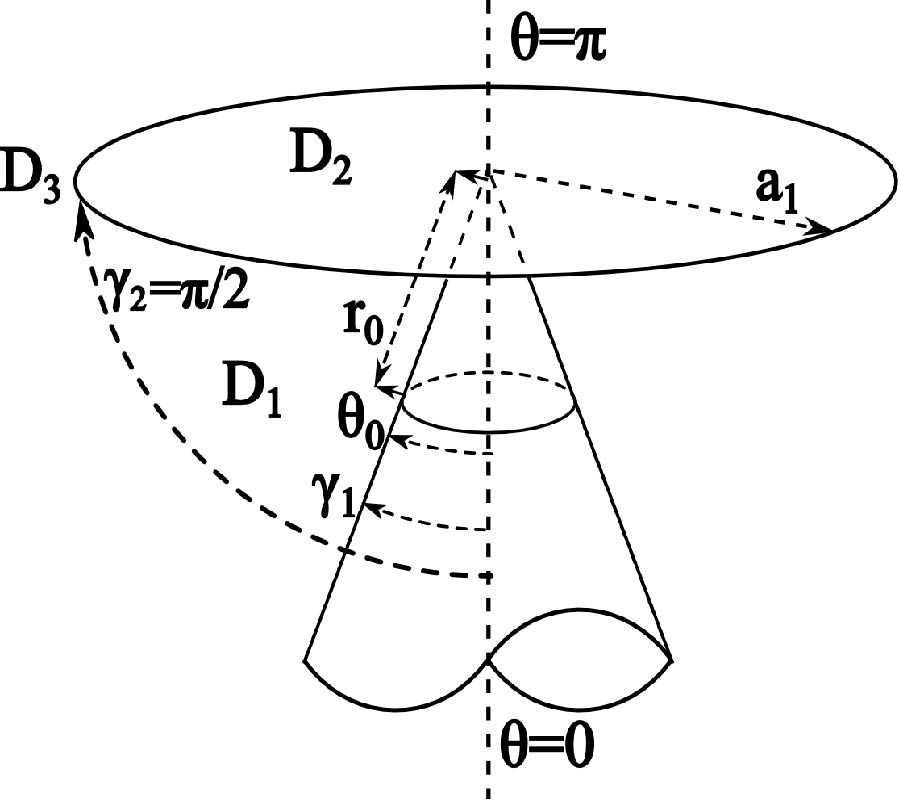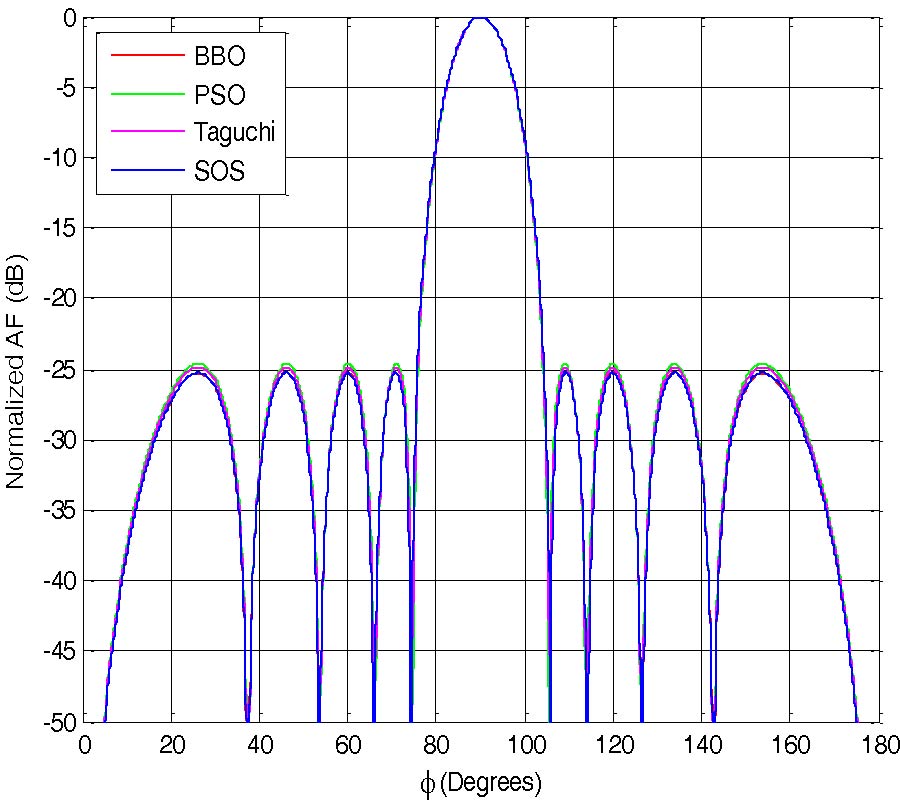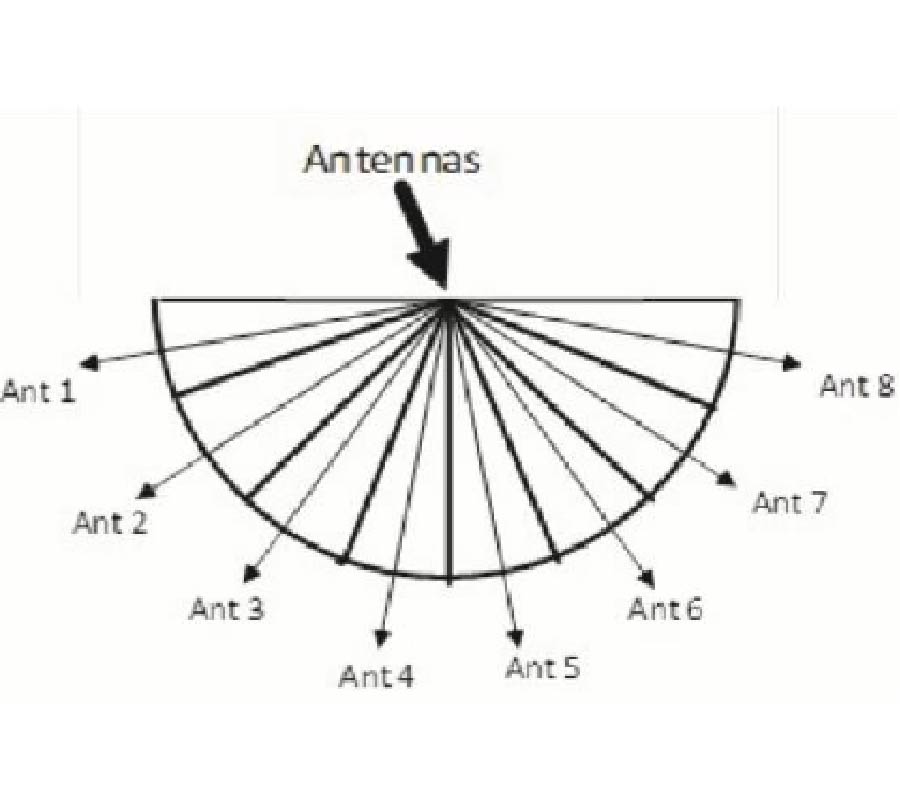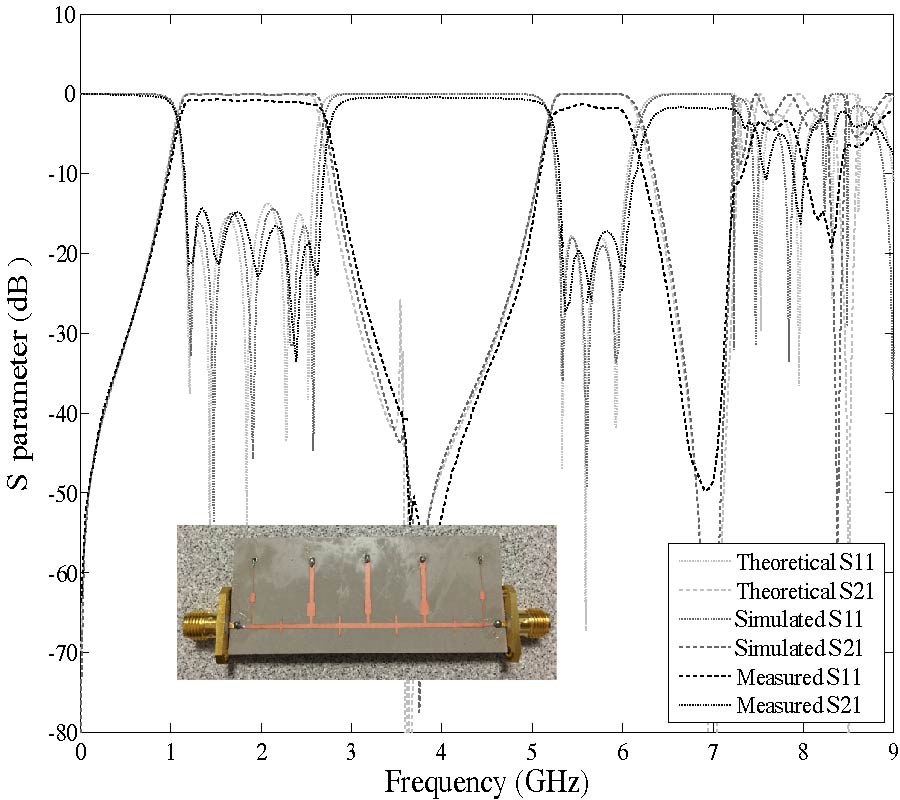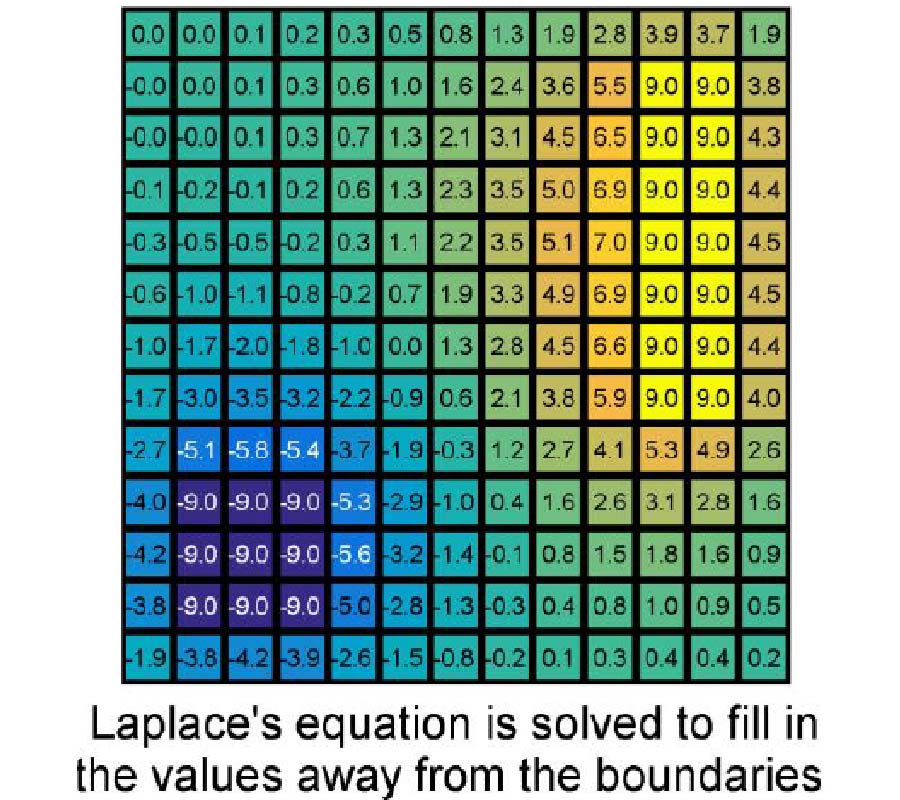Design of Linear Antenna Arrays with Low Side Lobes Level Using Symbiotic Organisms Search
Nihad I. Dib
In this paper, low side lobe radiation pattern (i.e., pencil-beam pattern) synthesis problem is formulated for symmetric linear antenna arrays. Different array parameters (feed current amplitudes, feed current phase, and array elements positions) are considered as the optimizing variables. The newly proposed evolutionary algorithm, Symbiotic Organisms Search (SOS), is employed to solve such a pattern optimization problem. The design objective is to obtain radiation patterns with very low interference in the entire side lobes region. In this context, SOS is used to minimize the maximum side lobe level (SLL) and impose nulls at specific angles for isotropic linear antenna arrays by optimizing different array parameters (position, amplitude, and phase). The obtained results show the effectiveness of SOS algorithm compared to other well-known optimization methods, like Particle Swarm Optimization (PSO), Biogeography-based optimization (BBO), Genetic Algorithm (GA), Firefly Algorithm (FA), and Taguchi method. Unlike other optimization methods, SOS is free of tuning parameters; one just has to set the value of the population size and the number of iterations. Moreover, SOS is robust and is characterized by relatively fast convergence and ease of implementation.
